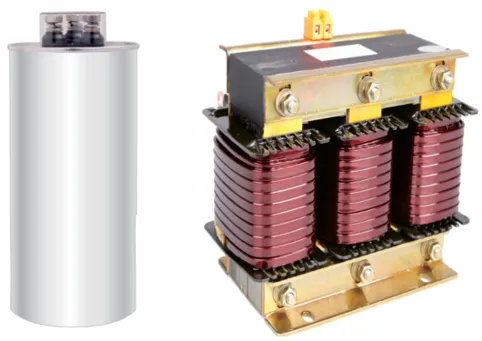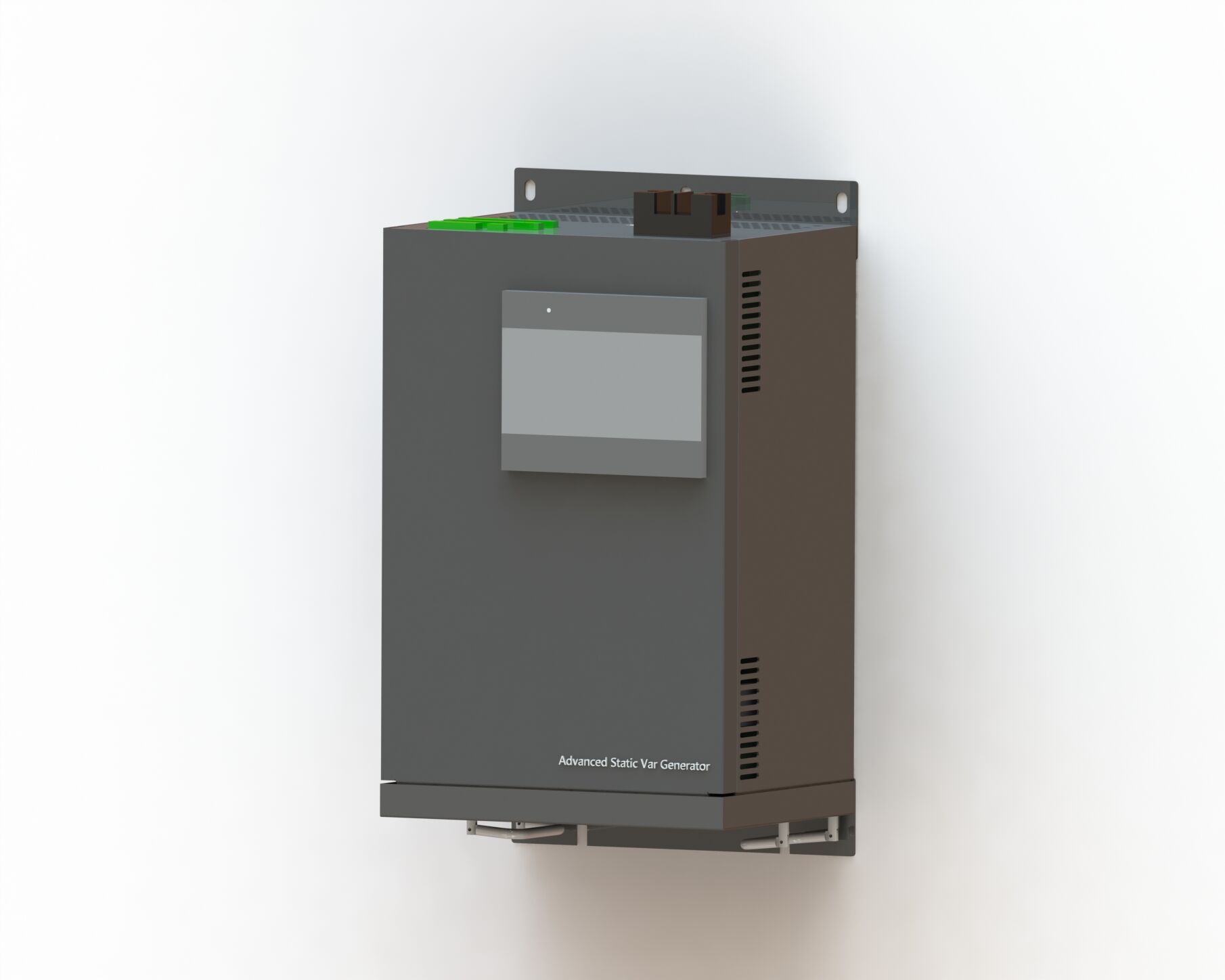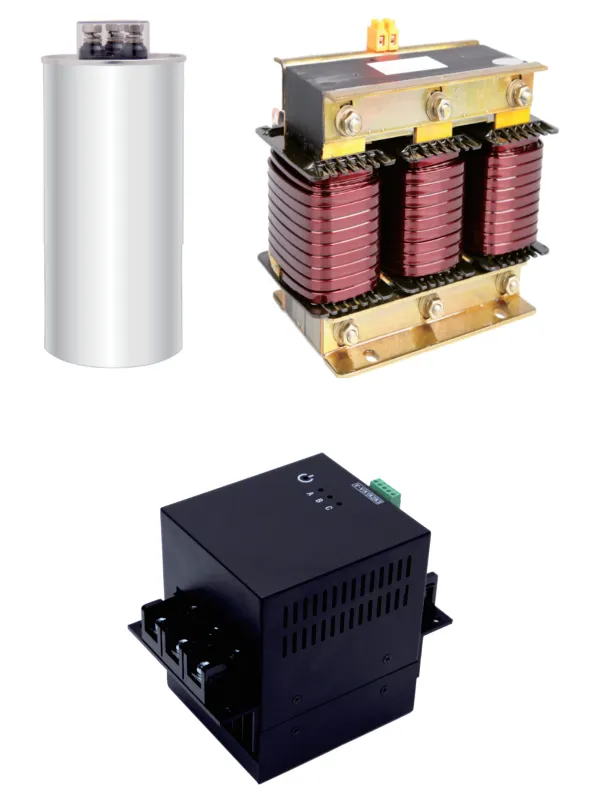Na Viboraste mota for Power Reactive Compensation
Kompensasjon av reaktiv effekt er et nøkelelement i moderne elektroteknikk, og i spesifikke høyspenningsoverførings- og distribusjonsnettverk. Denne siden prøver å utvikle følgende konsepter, nemlig viktigheten av kompensasjon av reaktiv effekt, fordelene ved det samt tjenestene som tilbys av Sinotech Group. Kompensasjon av reaktiv effekt er en av mange spesialiteter til våre fagfolk som gjør det mulig for våre kunder å forbedre effektiviteten og påliteligheten til sine kraftsystemer, minimere tap og forbedre driften av hele nettverket.
Få et tilbud









